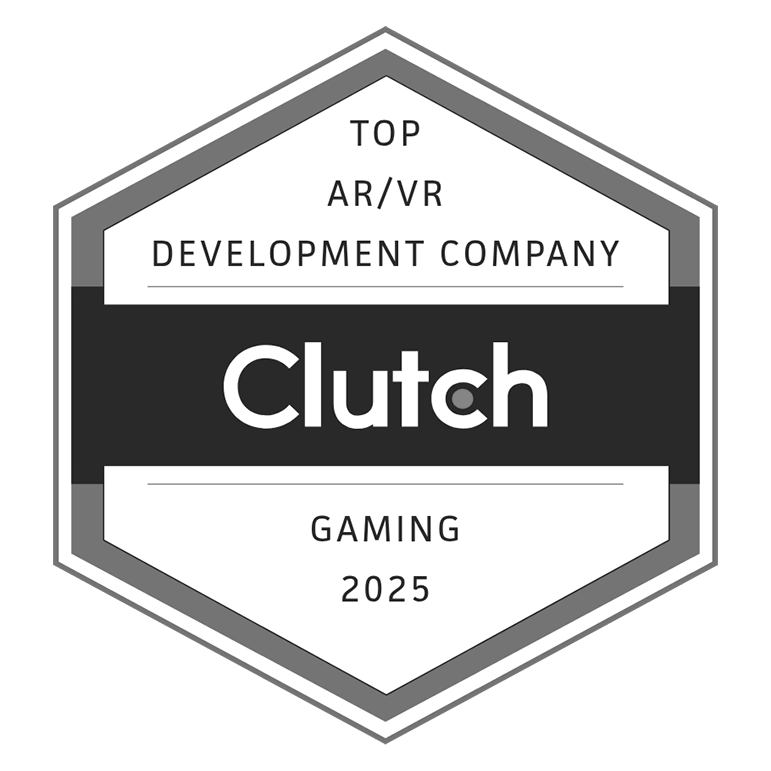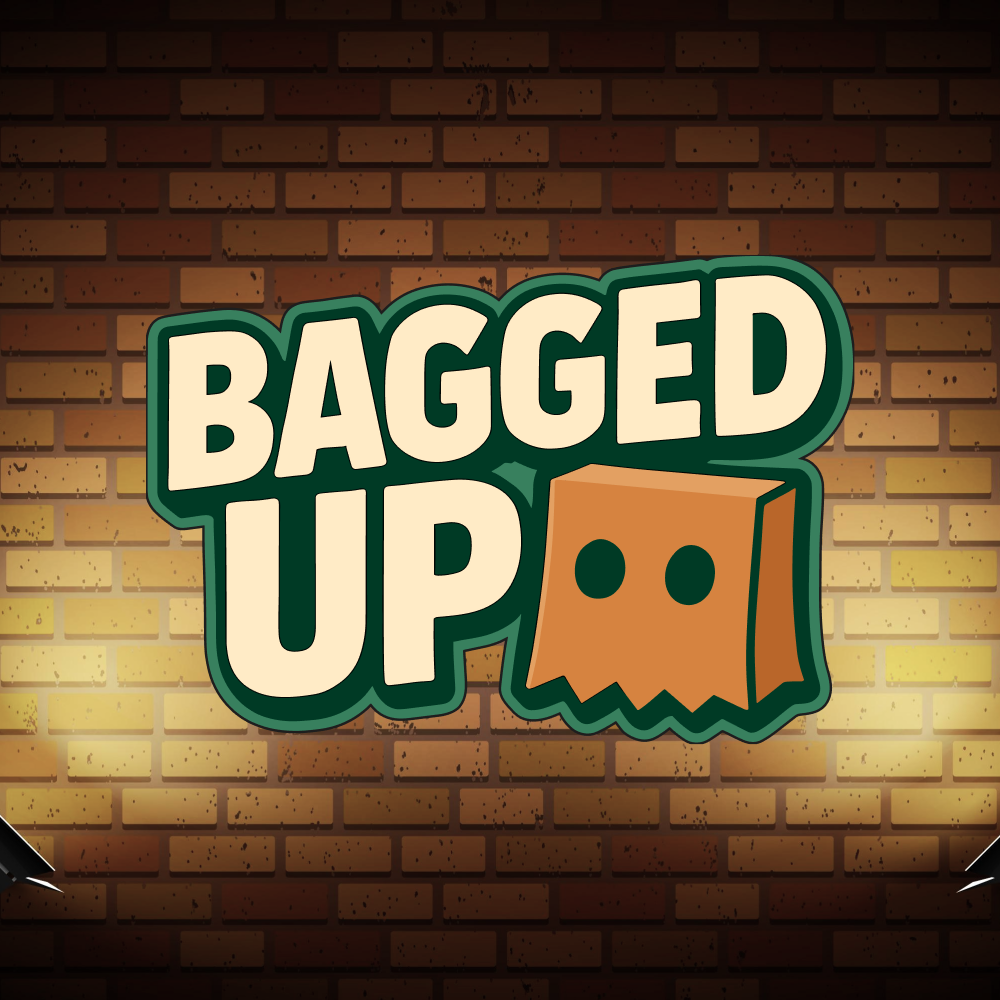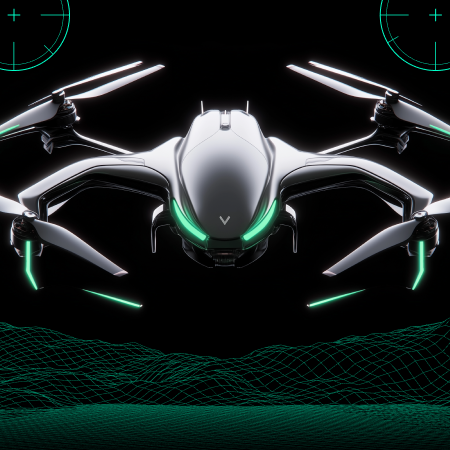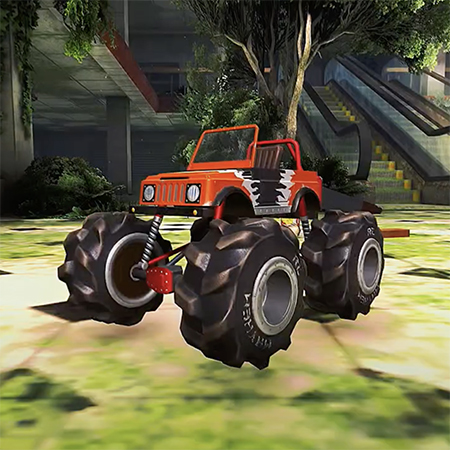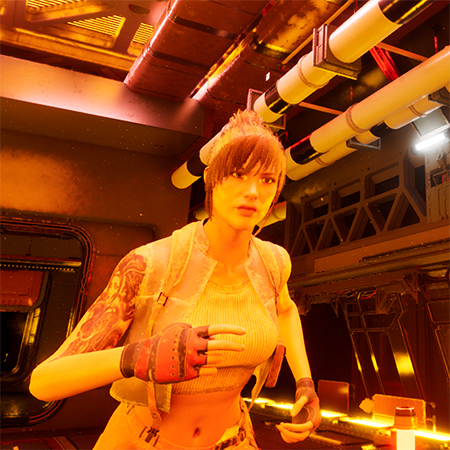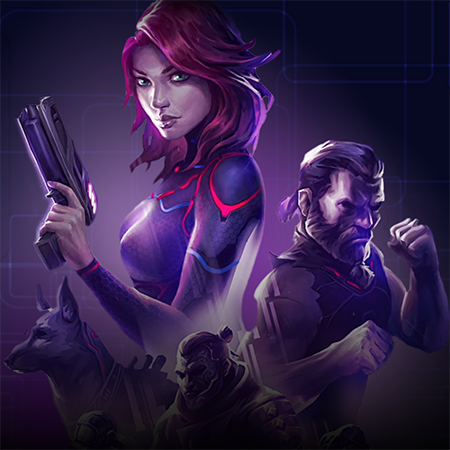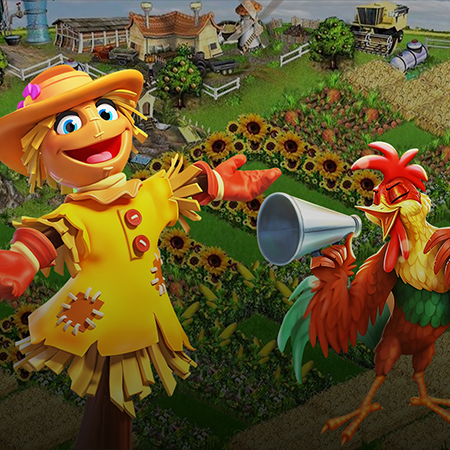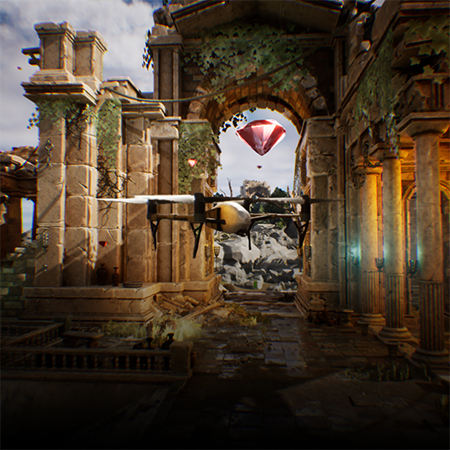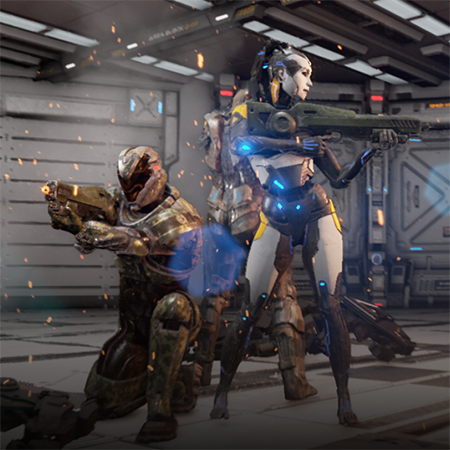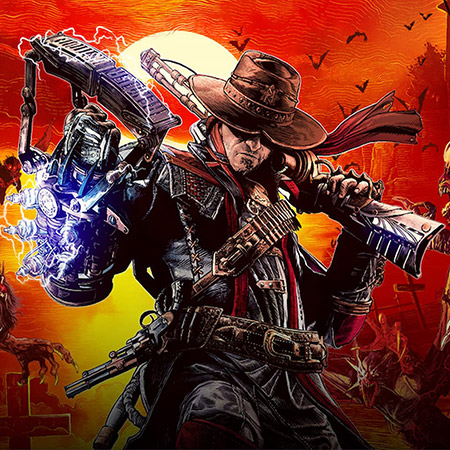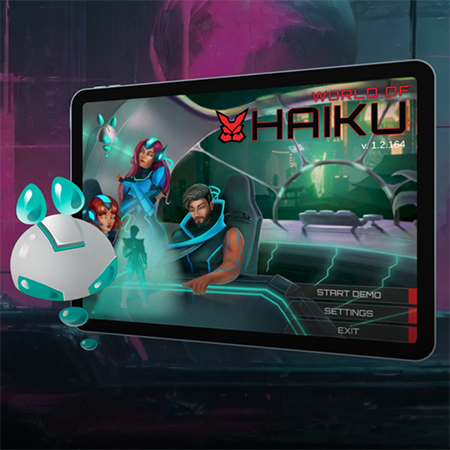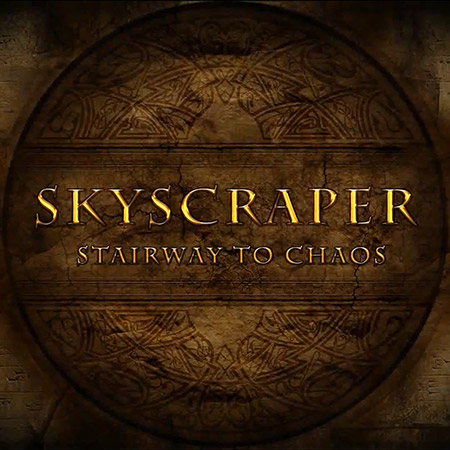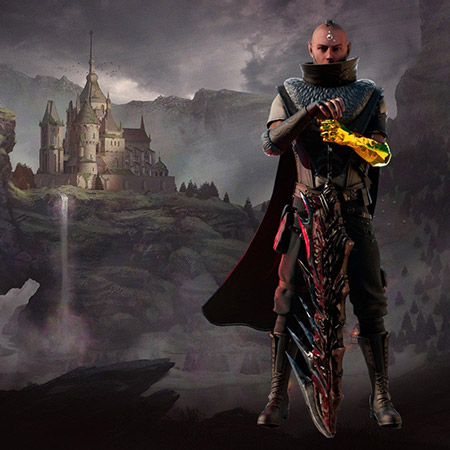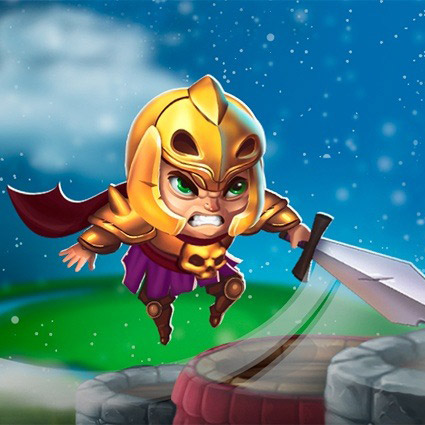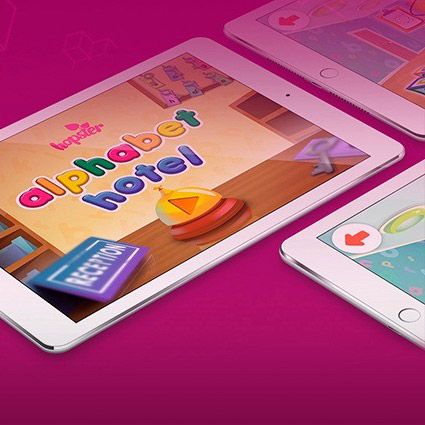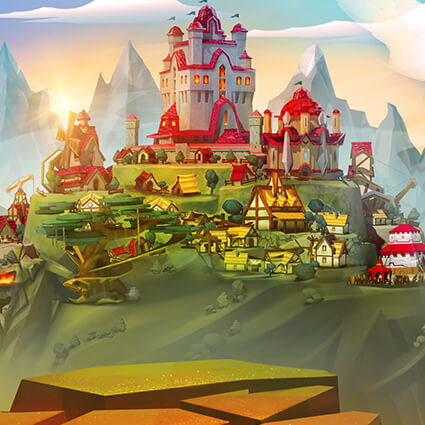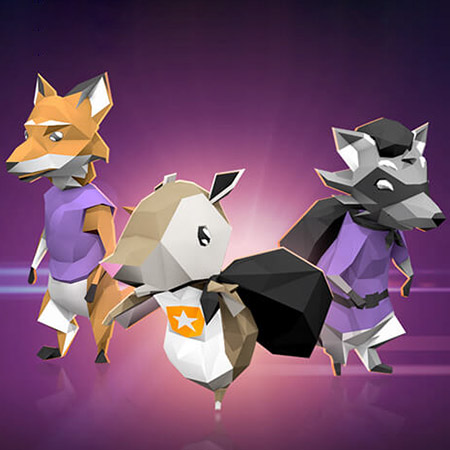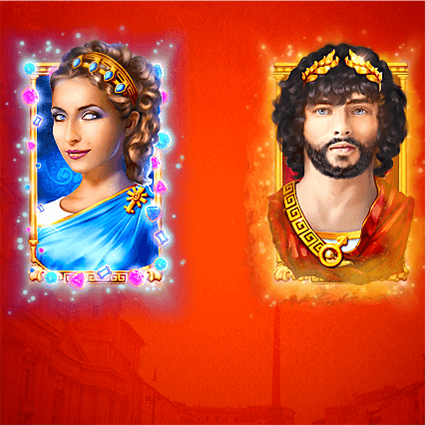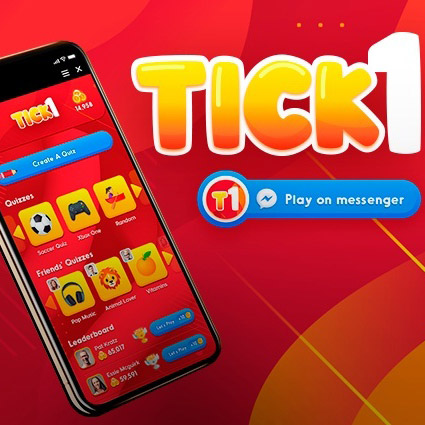What’s the difference between traditional and NFT gaming? Well, correct. As opposed to the former, which often requires you to pay to win, the latter encompasses a play-to-earn element allowing players to gain financial profit from entertainment. But here arises a fundamental question — where should players be able to trade the earned items?
Nowadays, NFT gaming marketplaces gradually flood the web, especially its 3.0 version, as rumor has it. In the context of major shifts, fueled by blockchain, immersive technology, IoT, and cloud computing, crypto marketplaces are gaining momentum. When it comes to gaming, such trading platforms ensure extra value for players who seek profit.
With multiple NFT game development services available on the market, there must be no difficulty building a similar platform for your audience to reap maximum benefits of NFT gaming. This article will provide useful hints on how to develop your own NFT game marketplace and keep it alive even when the trends change.
How NFT Gaming Marketplace Works
What do you know about digital collectibles? Standing for a non-fungible token, an NFT implies a cryptocurrency like Bitcoin but with one essential exception — each token is unique and can’t be replaced with another. But what are NFT games? These represent a category of visual entertainment products offering a play-to-earn model. In other words, people play such games not only for pleasure but also to gain valuable in-game items.
Notably, gaming NFT marketplaces will be in great demand in the near future owing to the spread of blockchain technologies and cryptocurrencies as the industry is shifting toward decentralized platforms. NFT game marketplaces function as regular trading platforms where players can buy and sell in-game assets in the form of non-fungible tokens.
More specifically, the audience plays your NFT game and accumulates some unique items like weapons, characters, etc. As soon as they intend to sell them and get, say, Ethereum in return, you should be able to provide them with such an opportunity by offering a reliable NFT marketplace with a strong supportive community.
Prior to the revolution of NFTs, in-game assets couldn’t be digitally owned to the fullest extent. Nevertheless, today you can genuinely own a certain game item and even trade it on a marketplace. Thanks to certificates of ownership and smart contracts, your players will avail themselves of a chance to become the true owners of virtual objects.
NFT Game Marketplace Development: Hurdles & Pitfalls
There are both implicit and explicit aspects one must be aware of before commencing the gaming NFT marketplace development. Mainly, hiring a team of professional developers, including the ones specialized in blockchain technology, may prove a tough challenge. However, you can definitely opt for outsourcing as a cost-effective model that facilitates a more reasonable resource allocation and enables you to focus exclusively on creative tasks.
Another hurdle worthy of being noted before you jump straight into development is competition. Research the market and find your target audience beforehand. In case you already have one, carry out a survey or merely analyze it in order to identify their interests, priorities, and gaming preferences. That’s how you gain a competitive edge and please the audience by ensuring an engaging gameplay as well as building a reliable NFT marketplace.
Ultimately, the primary purpose behind NFT game marketplaces lies in tokenizing in-game items and enabling players to do anything they want with what they’ve earned outside of your NFT game. Building a marketplace upon a blockchain isn’t a piece of cake, so you should better outsource this work to professionals in order to be able to get involved in tasks requiring less technical yet more customer-oriented facets.
NFT Gaming Marketplace Development Stages
Once you finish the NFT gaming platform development, it’s time to proceed to develop a supporting marketplace according to the following pipeline:
Stage 1: Front-end
- Research your potential audience’s preferences and needs;
- Develop your marketplace on the front end, including mapping how each NFT item will be displayed on the website;
- Come up with an informative and comprehensive storefront with an attractive item preview, price history, bids, opportunity to connect to a crypto wallet, etc.;
- Incorporate tagging, sorting, filters, and category management as well as include a search bar for better user experience;
- Design a user-friendly and appealing interface.
Stage 2: Back-end
- Choose a blockchain among the most commonly referred to, such as Ethereum, Polygon, Binance Smart Chain, Cardano, etc.;
- Create a token protocol on a blockchain network of your preference for smart contracts to ensure your marketplace’s smooth functionality;
- Since storing NFT metadata inside a blockchain is quite expensive, consider shifting toward an InterPlanetary File System (IPFS);
- Integrate the back-end system with the front-end elements for the marketplace to be able to interact with smart contracts and clients;
- Conduct multiple tests and deploy the final product.
Beyond question, the presented pipeline isn’t the ultimate one, presupposing that you can work with both back- and front-end aspects of your marketplace simultaneously or start with a server or blockchain side of your product. Additionally, keep in mind you can also scale your project and broaden the marketplace with a large metaverse. Just find a professional metaverse game development company whose team knows the score in building similar solutions to avoid any technical mistakes.
What Features to Include in Your NFT Game Marketplace?
Modern NFT game companies know by heart that their products must have a marketplace for the good of players. Hence, in order to build a reliable trading platform for your NFT game, it’s necessary to include the following features in your marketplace:
- Security protocols. Anti-DDoS distributed denial of service, as well as other preventive technologies, are a must to provide a secure decentralized network.
- SSL inspection. HTTPS interception involves the process of intercepting SSL/TLS encrypted internet communication in the client-server relationship. Although not all cybersecurity experts support the SSL inspection concept, it’s better to play it safe.
- Storage platforms. Cherry-pick a foundation underlying your NFT metadata from the market leaders like Filecoin, Pinata, or the like.
- Ranking system. Ratings facilitate better onboarding for new players who aren’t familiar with how blockchain functions.
- Bidding option. Every NFT gaming marketplace must feature an opportunity not only to purchase an item right away but also to place it on auction.
Game-Ace: Your NFT Game Marketplace Brick by Brick
Now as you’ve gained insight into how everything works from all perspectives, you can select a gaming NFT marketplace development company with more confidence. Game-Ace is a capable studio that houses experts with profound expertise, which makes us a trusted video game development company in the industry. With specialization in NFT games and metaverses, we can do real magic.
In order to take advantage of our experience and mastery, just contact us to take one step forward to your own NFT game marketplace!

 What Are NFT Games? — Meanings, Insights, Forecasts
What Are NFT Games? — Meanings, Insights, Forecasts 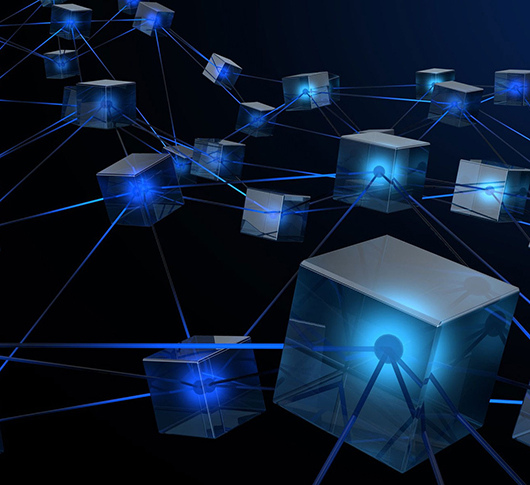 All About Web3 Gaming
All About Web3 Gaming 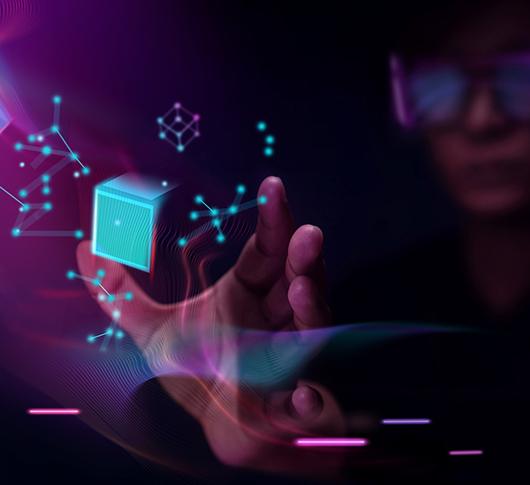 What Is a Blockchain Game? A Complete Overview
What Is a Blockchain Game? A Complete Overview 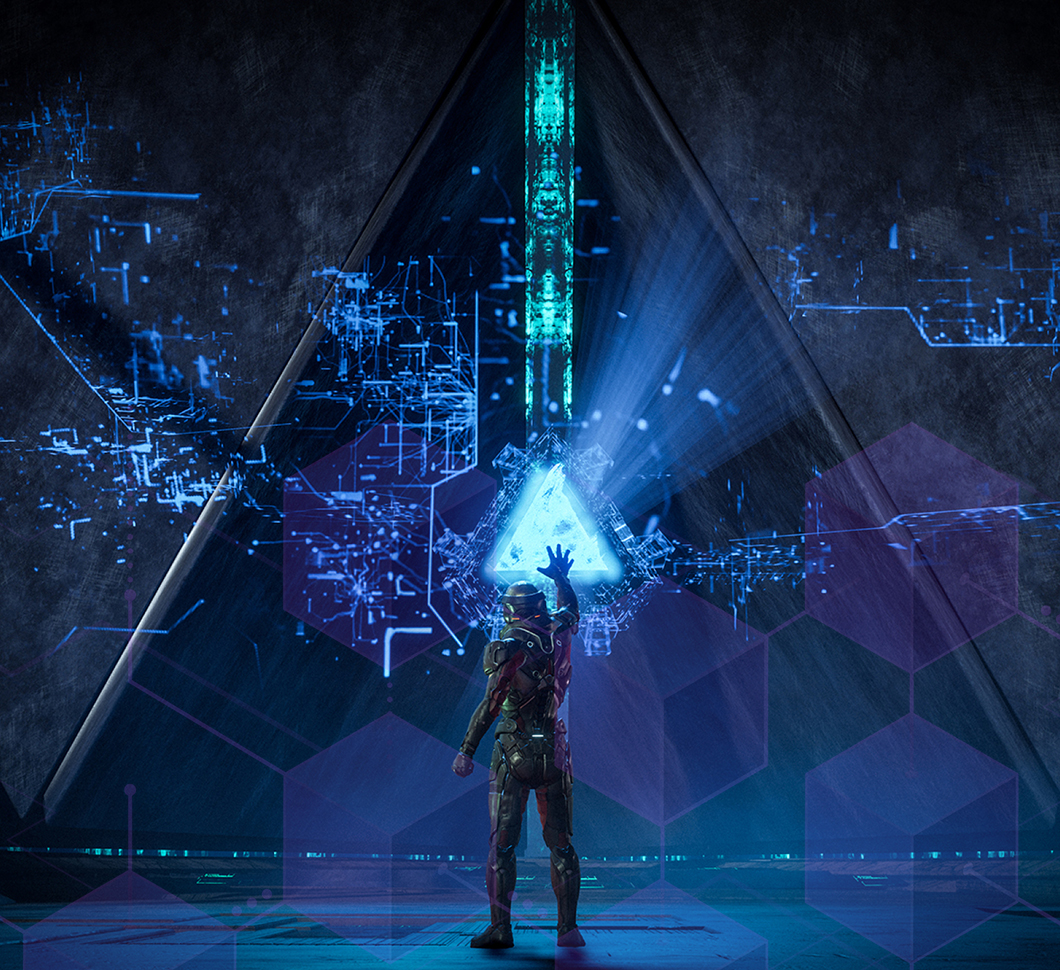 Top Blockchain Gaming Companies of 2023
Top Blockchain Gaming Companies of 2023 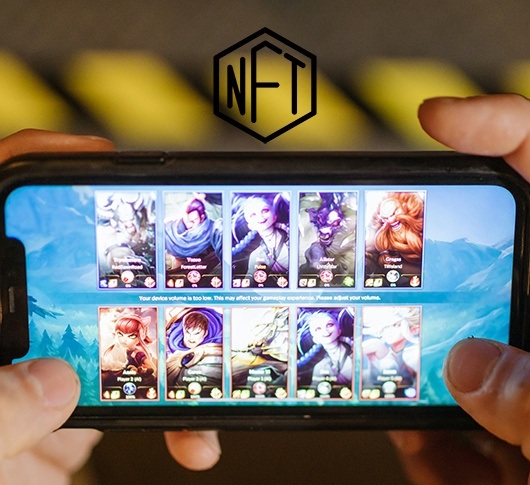 How Do NFT Games Work? Common Questions Answered
How Do NFT Games Work? Common Questions Answered 








